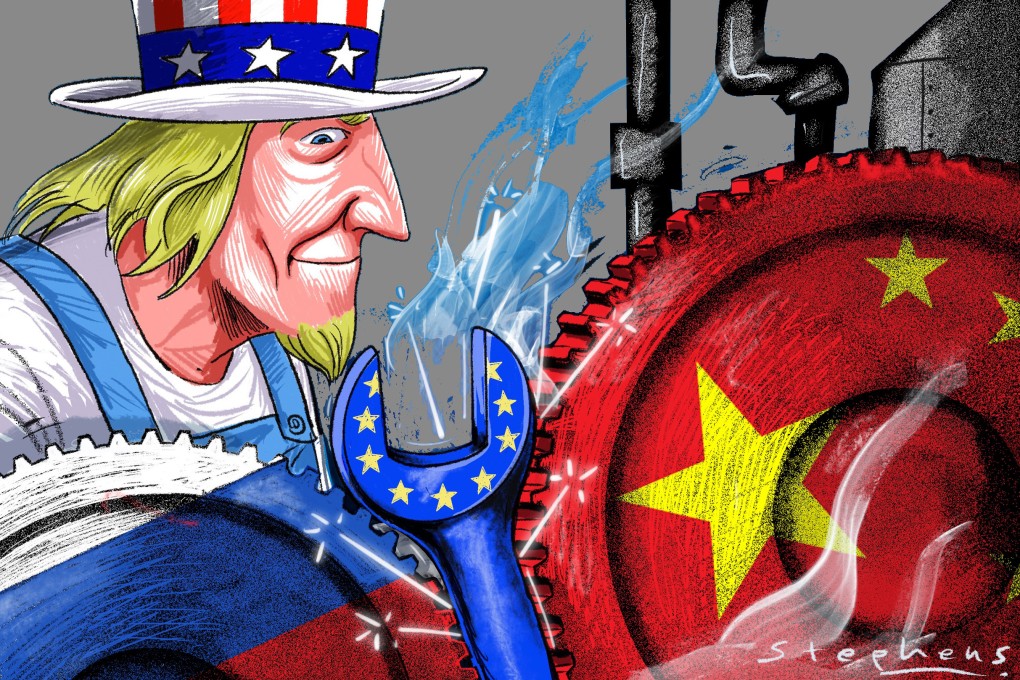Advertisement
Opinion | Who gains most from EU’s de-risking plan targeting China, Russia? The US of course
- The EU’s latest economic security initiatives will be difficult to implement, messy to roll out and chilling in their effect on trade and investment
- Meanwhile, the US will achieve its geopolitical objective of hindering China’s industrial progress
Reading Time:4 minutes
Why you can trust SCMP
3

For a Chinese investor, the news of increased barriers to enter the European market will cause concern.
The EU’s latest economic security initiatives, unveiled last week, mark the continent’s latest step towards economic de-risking, part of Europe’s policy toolbox to mitigate pronounced vulnerabilities in strategic sectors. This package aims to strengthen the single market’s trade-defence architecture by balancing openness and protection.
Economic security policies help to build resilient nations capable of withstanding external pressures at the intersection of economic, national security and technological factors. The goal is to safeguard advanced industries, critical resources and vital infrastructure, ensuring stability amid global challenges.
Despite being labelled “country-agnostic”, the EU measures primarily target China and Russia. The focus is on achieving a unified stance on export controls, especially for “dual-use” items applicable to both civilian and military domains.
Additionally, the measures aim for harmonised regulations in FDI screening – imposing stricter rules for investments in the EU – and conducting risk assessments for outbound hi-tech investment, to prevent the leakage of sensitive know-how with potential military applications.
Examining how Europe reached this critical juncture requires us to delve into the background.
Advertisement
